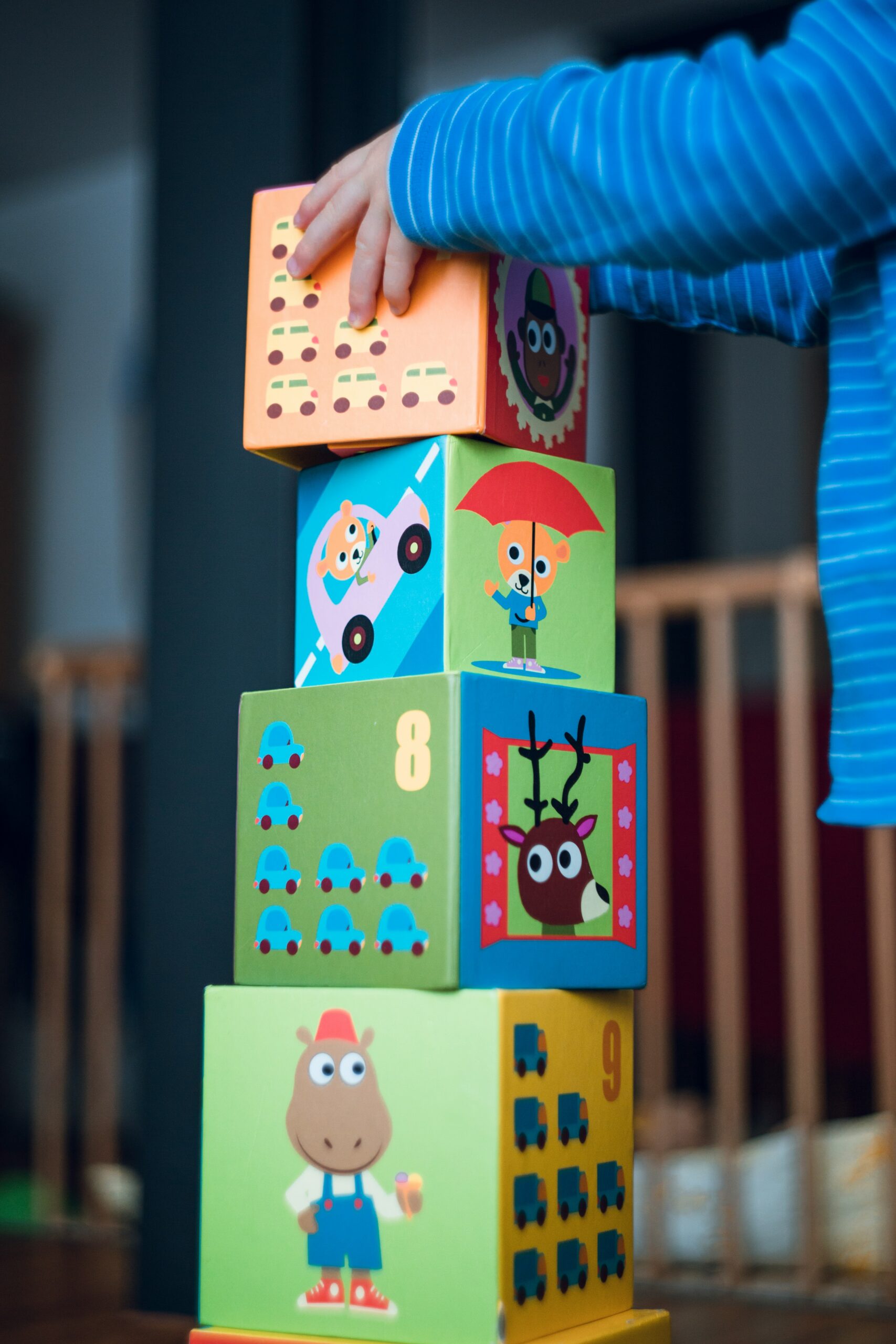

Schools are more than just places for academic learning; they play a crucial role in shaping the mental wellness of our children. With increasing pressures from academics, social dynamics, and extracurricular activities, students face unique challenges that can impact their emotional health. As educators and parents, we hold the key to fostering an environment where students feel supported and understood.
Promoting mental wellness is not merely an add-on; it’s essential for creating resilient individuals who thrive both inside and outside the classroom. By understanding mental health issues and implementing effective strategies, we can empower our young learners to navigate life’s ups and downs with confidence. Join us as we explore how to create a nurturing atmosphere that prioritizes mental wellness in schools!
The Importance of Mental Wellness in Schools
Mental wellness in schools is vital for fostering a positive learning environment. When students feel mentally healthy, they are more engaged and motivated to learn.
A supportive atmosphere encourages creativity and critical thinking. This allows children to express themselves without fear of judgment. As a result, classrooms become spaces where innovation flourishes.
Moreover, mental well-being directly impacts academic performance. Students who manage stress effectively often achieve better grades and can focus longer during lessons.
Beyond academics, promoting mental health teaches essential life skills such as resilience and emotional regulation. These skills prepare students for the challenges they will face later in life.
Addressing mental wellness helps reduce stigma surrounding mental health issues. By normalizing conversations about feelings and struggles, we create an open dialogue that benefits everyone involved—students, educators, and families alike.
Understanding Mental Health and Illnesses
Mental health is a vital aspect of overall well-being. It encompasses emotional, psychological, and social factors that influence how we think and feel.
Understanding mental health means recognizing its fluid nature. Everyone experiences fluctuations in their mental state. Stress from schoolwork or personal issues can affect students differently.
Mental illnesses are specific conditions that may disrupt this balance. They range from anxiety disorders to depression and more severe conditions like bipolar disorder or schizophrenia.
These illnesses often result from a mix of genetic, environmental, and lifestyle influences. Early identification can lead to effective management strategies.
It’s crucial for educators and parents alike to cultivate an awareness of these differences. By fostering open conversations about emotions and challenges, we create supportive environments where students feel safe expressing themselves without fear of judgment.
Identifying Signs of Mental Distress in Students
Recognizing signs of mental distress in students is crucial for timely intervention. Subtle changes in behavior can signal deeper issues.
Look for shifts in academic performance. A once-engaged student may suddenly lose interest or struggle with assignments.
Changes in social interactions are also telling. If a child withdraws from friends or appears unusually anxious during group activities, it may indicate underlying stress.
Physical symptoms shouldn’t be overlooked either. Frequent complaints about headaches or stomachaches might suggest emotional turmoil rather than just illness.
Watch for fluctuations in mood too. Irritability, sadness, and sudden outbursts can all point to mental health challenges.
It’s important to create an open environment where students feel safe expressing their feelings. Encouraging conversations about emotions can help them articulate what they’re experiencing without fear of judgment.
Strategies for Promoting Mental Wellness in the Classroom
Creating a supportive environment is key. Start each day with mindfulness exercises. Simple breathing techniques can help students center themselves before diving into lessons.
Incorporate social-emotional learning (SEL) into the curriculum. Teach skills like empathy, self-regulation, and conflict resolution through activities and discussions.
Encourage open communication in your classroom. Create safe spaces for students to express their feelings without judgment. Regular check-ins can foster trust and connection among peers.
Promote physical activity as well. Movement breaks during long periods of focus can refresh minds and boost mood.
Integrate creative outlets such as art or music into daily routines. These activities allow students to process emotions in a healthy way while also sparking joy and creativity in their lives.
Collaborating with Parents to Address Mental Health Concerns
Building a bridge between educators and parents is vital for fostering mental wellness in students. Open communication creates trust and understanding, allowing everyone to work toward the same goal.
Regular meetings can help share insights about student behavior. Parents often have valuable information that can inform teachers about changes at home. This collaboration allows for a more holistic approach to each child’s needs.
Creating resources such as workshops or seminars can empower parents with knowledge on mental health topics. Engaging them in discussions equips families with tools they need to support their children effectively.
It’s essential for schools to provide feedback channels where parents feel safe expressing concerns without judgment. When both sides are aligned, they create an environment that nurtures emotional growth and resilience among students.
Encouraging parent-teacher partnerships ensures that students receive consistent messages about mental wellness both at school and home.
Conclusion
Promoting mental wellness in schools is not just a responsibility; it’s an essential part of nurturing our future generations. Mental health issues can affect students of all ages, making awareness and proactive measures crucial. By understanding the signs of distress, educators and parents can create safe spaces for open dialogue.
Implementing strategies to promote mental wellness within classrooms fosters a supportive environment where students feel valued. Collaboration between teachers and parents amplifies these efforts, ensuring that children receive consistent support both at school and home.
As we move forward, prioritizing mental health in educational settings will pave the way for healthier, happier students ready to face life’s challenges with resilience. Everyone involved—educators, parents, and guardians—plays a vital role in this journey toward better mental health outcomes for all children.
